Introduction
Mountain biking has evolved into a diverse sport with various disciplines catering to different preferences and terrains. Two prominent categories within this world are Cross-Country (XC) and Trail mountain biking. While both involve riding off-road trails and provide an exhilarating experience, they have distinct characteristics that set them apart. In this article, we’ll delve into the key differences between XC and Trail mountain bikes, helping riders make informed choices based on their preferences and riding styles.

1. **Terrain and Trail Types**
**Cross-Country (XC):** XC mountain biking primarily focuses on speed and endurance over a variety of terrains. XC trails often encompass smoother singletrack paths, gravel roads, and even moderate technical sections. The emphasis is on maintaining a consistent pace, navigating obstacles efficiently, and conquering climbs and descents.
**Trail:** Trail mountain biking, on the other hand, encompasses a wider range of terrain challenges. Trails can include diverse elements like rocky sections, roots, drops, and more technical obstacles. This discipline is about maneuverability, technical skills, and adapting to changing trail conditions.
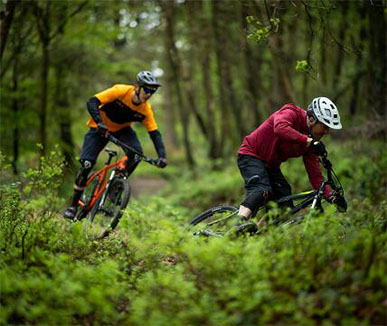
2. **Bike Design and Geometry**
**Cross-Country (XC):** XC bikes are designed to be lightweight and efficient. They typically feature steeper geometry angles for better climbing efficiency and power transfer. The suspension is often shorter, offering limited travel for maintaining pedaling efficiency on smoother trails.
**Trail:** Trail bikes strike a balance between uphill performance and downhill capability. They generally have slightly slacker geometry angles and more suspension travel, which provides better stability and control when tackling rougher terrains and descents.
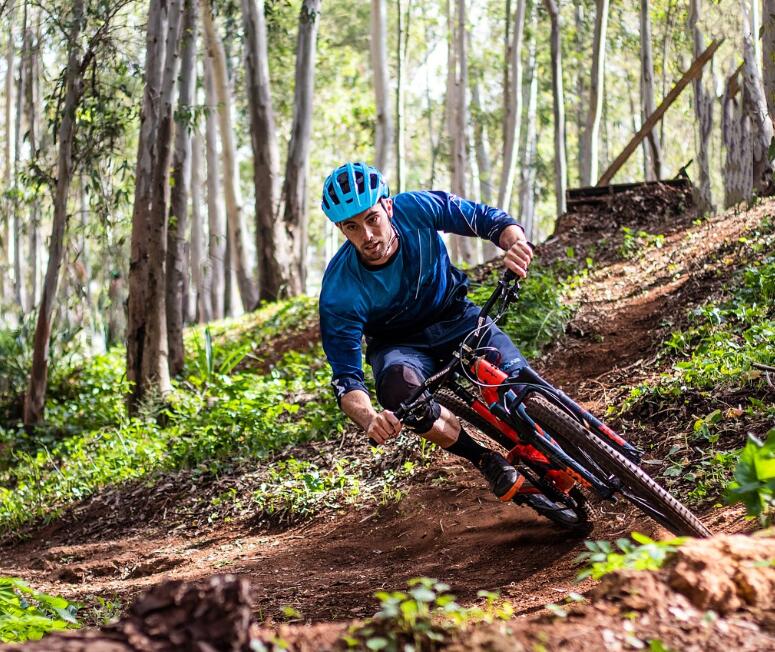
3. **Suspension**
**Cross-Country (XC):** XC bikes usually have front suspension (hardtail) or limited rear suspension travel. The focus is on maintaining energy efficiency, which makes these bikes great for long, undulating rides and climbs.
**Trail:** Trail bikes often feature full-suspension setups with both front and rear suspension. The added suspension travel provides better absorption of impacts, enhancing comfort and control on technical descents and challenging trails.
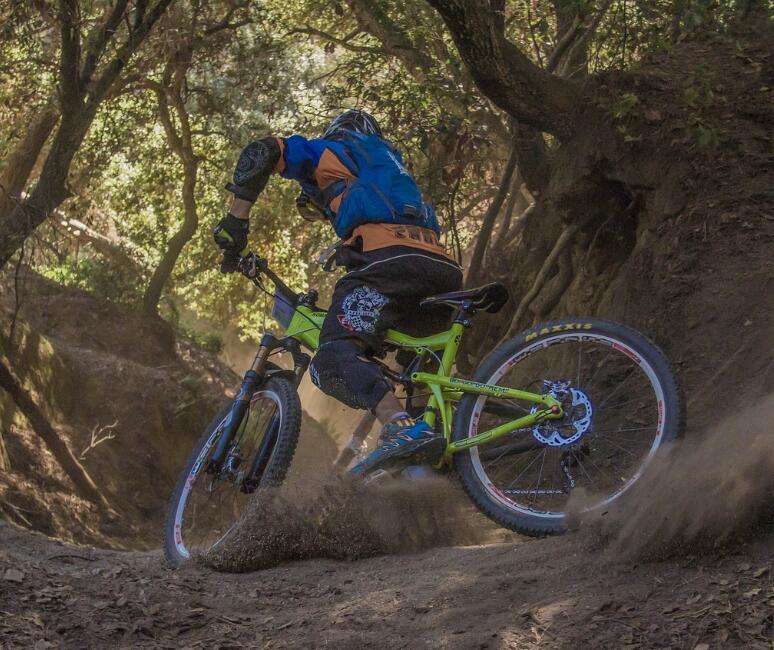
4. **Riding Style and Intensity**
**Cross-Country (XC):** XC riding is characterized by a fast-paced, endurance-oriented approach. Races and rides are often about covering long distances in the shortest time possible. Climbing prowess and pedaling efficiency are key in XC riding.
**Trail:** Trail riding places a greater emphasis on technical skills and adaptability. Riders encounter diverse challenges that require quick decision-making and control, making it a great discipline for those who enjoy both climbing and descending with a mix of challenges.
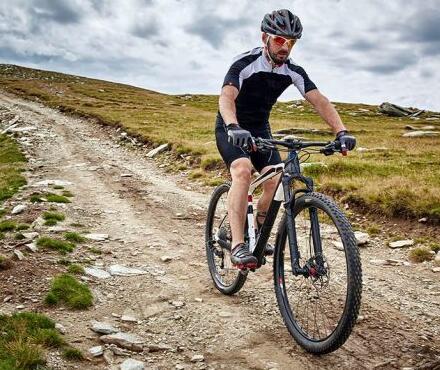
5. **Racing and Events**
**Cross-Country (XC):** XC races are typically shorter in duration and focus on completing a set number of laps over a designated course. The emphasis is on speed and endurance.
**Trail:** Trail riding events might not be based on speed alone but rather on completing challenging sections or trails. Enduro races, a popular trail racing format, often involve timed descents and untimed climbs.
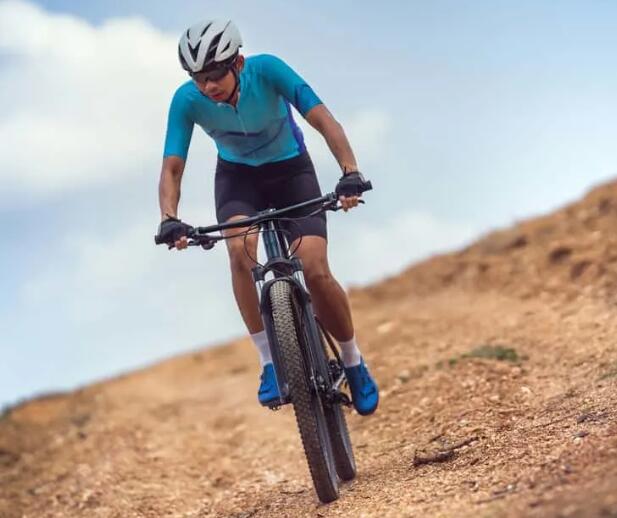
Conclusion
Choosing between a Cross-Country (XC) and Trail mountain bike ultimately depends on your riding preferences, local trails, and the type of experience you seek. XC biking offers a blend of endurance and speed on smoother terrain, while Trail biking provides a more technical and diverse riding experience with an emphasis on maneuverability and control. Understanding these differences will help you make an informed decision and ensure you get the most out of your mountain biking adventures.
We hope you found this mountain bike guide helpful and informative. At Loicycle, our goal is to produce high-quality performance mountain bicycles. To learn more about the high-performance, custom-sized mountain bikes we build, visit our homepage! https://www.loicycle.com/

